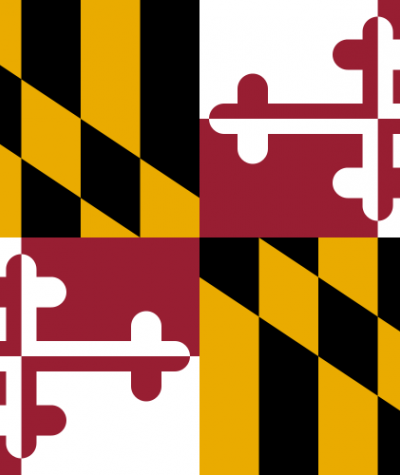Every 10 years, the U.S. Constitution requires Maryland, and every other state, to redraw their state and congressional voting districts based on population changes reflected in the decennial census. Citizens reasonably expect their elected officials to fairly and transparently draw district lines. However, in many states, state legislators in the majority party draw the boundaries for the districts, in which they will then run for office in for the next 10 years, to their own advantage. That’s exactly what Democrats in Maryland did after the 2010 census, to the detriment of the state’s Republican voters.
Politicians are very unlikely to give up the ability to draw district lines on their own. That is why seventy-three percent of Marylanders support taking the power of drawing legislative and congressional district lines away from self-interested, partisan politicians and giving that responsibility to a transparent, independent commission, according to a poll by Goucher College in Baltimore.
Support for redistricting reform spans the ideological spectrum. Former Maryland Governor Martin O’Malley (D), who served from 2007-2015, regrets the central role that partisan advantage played in Maryland’s remapping, stating “We must, on a state by state basis, push for an end to gerrymandered Congressional districts…how can we expect people to vote if their voice has been carved into irrelevance by a political map ahead of time?” And in a news conference, Maryland’s current Governor Larry Hogan (R) implored his state’s House and Senate to consider his proposal to reform redistricting and support a ballot referendum asking voters to consider a nonpartisan commission to redraw the state’s voting boundaries. Hogan also sent a letter to then-President Barack Obama urging his support for the state’s redistricting reform plans.
However, despite popular support for redistricting reform in Maryland, Democratic politicians in control of Maryland’s state legislature say they will not pursue changing the state’s redistricting process to be more non-partisan unless five other Eastern Seaboard states, including several states with maps advantaging Republicans, do the same. Governor Hogan vetoed this proposed measure on May 8th, saying it “ensure[d] that real redistricting reform would never happen in Maryland.”
Several states – like California – have created independent commissions to draw district lines. Six states use nonpartisan committees to draw their maps. Although Maryland’s plan for an independent commission was voted down by politicians in a committee vote earlier this year, a federal lawsuit challenging the state’s congressional districts is proceeding to trial this summer.
CLC is fighting for voters who want their voices to be heard in elections, like those in Maryland, by working to end partisan gerrymandering through litigation in Wisconsin and North Carolina.
CLC’s landmark partisan gerrymandering case Gill v. Whitford – which could soon be argued at the U.S. Supreme Court - challenges Wisconsin’s extreme 2011 state assembly plan as an unconstitutional partisan gerrymander. With this case, the Supreme Court has an opportunity to issue a clear, workable legal standard that could curb extreme gerrymandering going forward, with the hope of safeguarding the fundamental right of voters to have a say in electing leaders of their choice.
Find out more about our case, Gill v. Whitford
Across the country, we are witnessing both Republicans and Democrats manipulating the system and taking power away from voters. The problem is most acute in states with one party control, like Republicans in Wisconsin and Democrats in Maryland during the 2010 map-drawing cycle. Ordinary voters expect their vote to count and want a more representative democracy that is responsive to their concerns.

